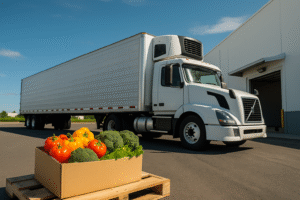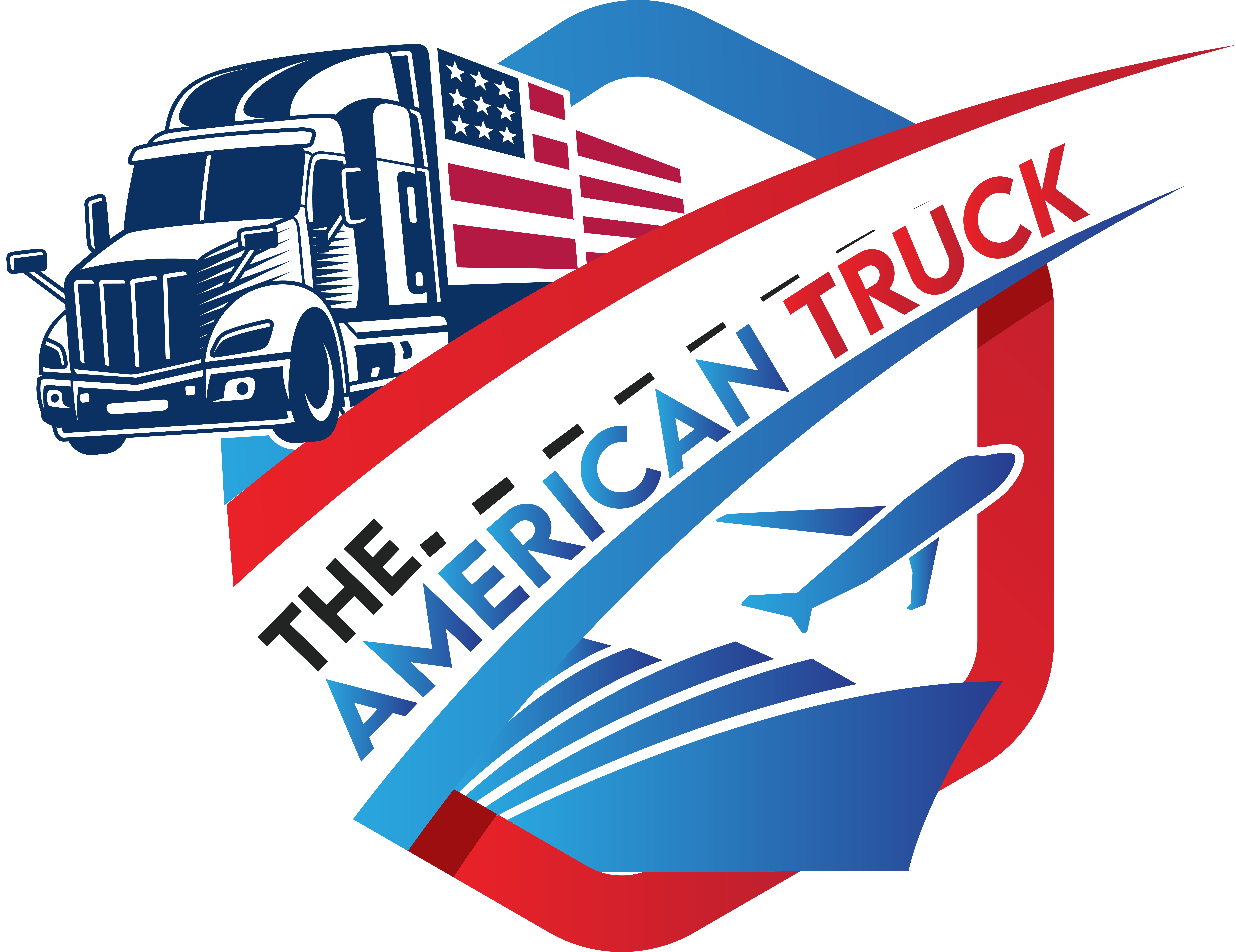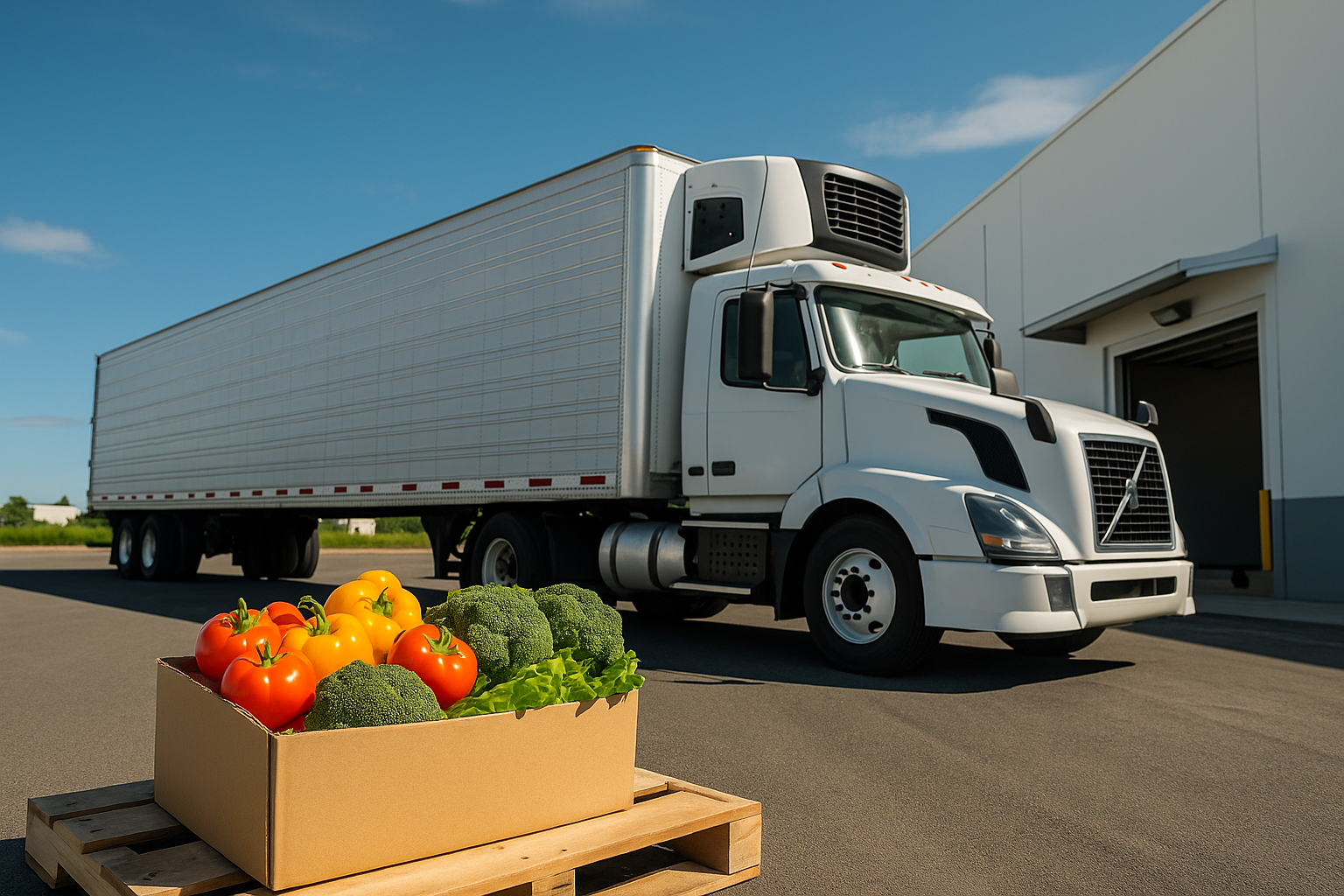
Have a pint of ice cream ever reach you as a sad, soupy mess? Or sliced open a package of fresh produce that appeared to have seen better days?
That’s the exact nightmare temperature controlled freight aims to avoid.
Today’s newsletter delves into the nuts and bolts of how it works, why it matters and things that are shaking up the cold chain logistics. We’ll also tell you why cold freight is the next frontier of food, and why it’s increasingly becoming a fixture in sustainable food delivery.
What Is Temperature Controlled Freight?
Cold, hard and cool revenge: That’s what temperature controlled freight (also known as cold chain logistics) is all about—moving perishable goods in conditions which will continue to keep them safe and fresh.
That includes things like meat, dairy, seafood, frozen foods, fruits, vegetables and even some medications. If it can ruin, it’s probably cold freight dependent.
One upward or downward bump in temperature anywhere along the chain? It can result in spoilage, contamination or product recalls. And nobody wants that mess.
Why Cold Chain Logistics Matter More Than Ever
Cold chain logistics is more than a fleet of trucks with AC.It’s a complex system, one that involves the store, the cloud, and some kind of mobile delivery truck, says Waseem Kresby, GoodProg’s Co-Founder and CEO, that helps to keep goods within the particular temperature range they’re supposed to be in as they travel from point A to point B.
Here’s why it’s critical:
As food storage containers Keeps food fresh for A Longer time Protects from mold, freezer burn.
Reduces food waste
Protects brand reputation
It complies with health and safety regulations
Cold chain issues are responsible for millions of tons of food waste each year, according to ReFED. That’s not only wasteful — it’s costly.
Read the full ReFED analysis here
Break It Down: In Which Temperature Controlled Freight Does What?
It’s a team effort. Here is what a smooth cold freight operation entails:
Refrigerated Warehousing
Before a shipment moves, it is sitting in temperature-controlled storage. Such facilities can chill, freeze or deep freeze, as required by the product.
Conditioned Transport
Then, think refrigerated trucks, containers and reefers. And each one is designed to keep an even temperature — 5 degrees Celsius for cheese, perhaps, or minus 18 degrees for a frozen bag of chicken nuggets.
Live Monitoring Tech
Sensors monitor temperature, humidity and even door openings. If something goes awry during a trip, alerts are immediately generated. No guesswork involved.
Issues in Temperature Controlled Logistics
Let’s face it: cold freight is brutal.
Energy Costs
Running refrigerated units burns fuel, erodes margins and isn’t the greenest option unless done in a manner to maximize efficiency.
Temperature Deviations
One hour without power? That’s all it took to misplace an entire truckload of seafood.
Inconsistent Infrastructure
Reliable cold chains are not something that every city — or every country — has. That is a huge problem for global supply chains.
Compliance Burdens
Food and drug regulators do not mess around. Miss a temperature cutoff, and you could be fined or left with rejected goods.
Innovations Cooling the Madness
The industry is rising to the challenge with smarter tech:
IoT Sensors: These monitor the temperature plus. Some can even predict failures in refrigerators before they occur.
Predictive Analytics: What it means: AI can now figure out the backroad workaround to traffic and blocked-off streets or even a 108-degree hot spell — in the realest sense.
Solar-Powered Reefers: Certain fleets now employ solar panels to cut down on fuel use and emissions. Smart and sustainable.
The Importance of Temperature Controlled Freight: The Foundation of Sustainability
Temperature controlled freight isn’t just about freshness anymore — it’s also playing a bigger part in reducing food waste and supporting cleaner supply chains.
Less Waste = Less Emissions
Rotten food creates methane when it is tossed into landfills. It lasts longer the colder it is shipped.Efficient Routing
Newer cold chain systems calculate trips more efficiently to reduce fuel.Access to Local Markets
Farmers can now deliver delicate fruits or dairy to far-flung cities without sacrificing their crops to heat.
The American Truck Inc.
We’re talking about one company that still does it the right way: The American Truck Inc.
They have bought high-end refrigerated trucks with real-time tracking and energy-efficient systems. Their business is evidence that temperature controlled freight is not only possible but can be profit making and environmentally friendly.
You’ll also find ways of minimizing idle time (the clock already starts as soon as orders are taken, and it doesn’t stop), using data analytics to improve routing and training the crew to handle perishables like professionals.
Bottom line? They’re shipping chilled cargo without the drama.
Final Thoughts
It’s not just behind-the-scenes that freight is temperature controlled. It’s the missing link in our food system.
It’s what’s keeping your sushi fresh, your milk safe, and your berries from turning into berry soup.
But more than that, it’s making sustainable logistics and feeding the world both feasible and possible.
So the next time those groceries arrive looking straight off the farm, you’ll know who to thank — the cold freight heroes who keep it chill, every mile of the way.
If you’re ready to take opportunistic advantage of the cold freight season, or if you’re simply interested in sharpening your cold freight program learn more about cold chain logistics or ask for more information at The American Truck Inc.

